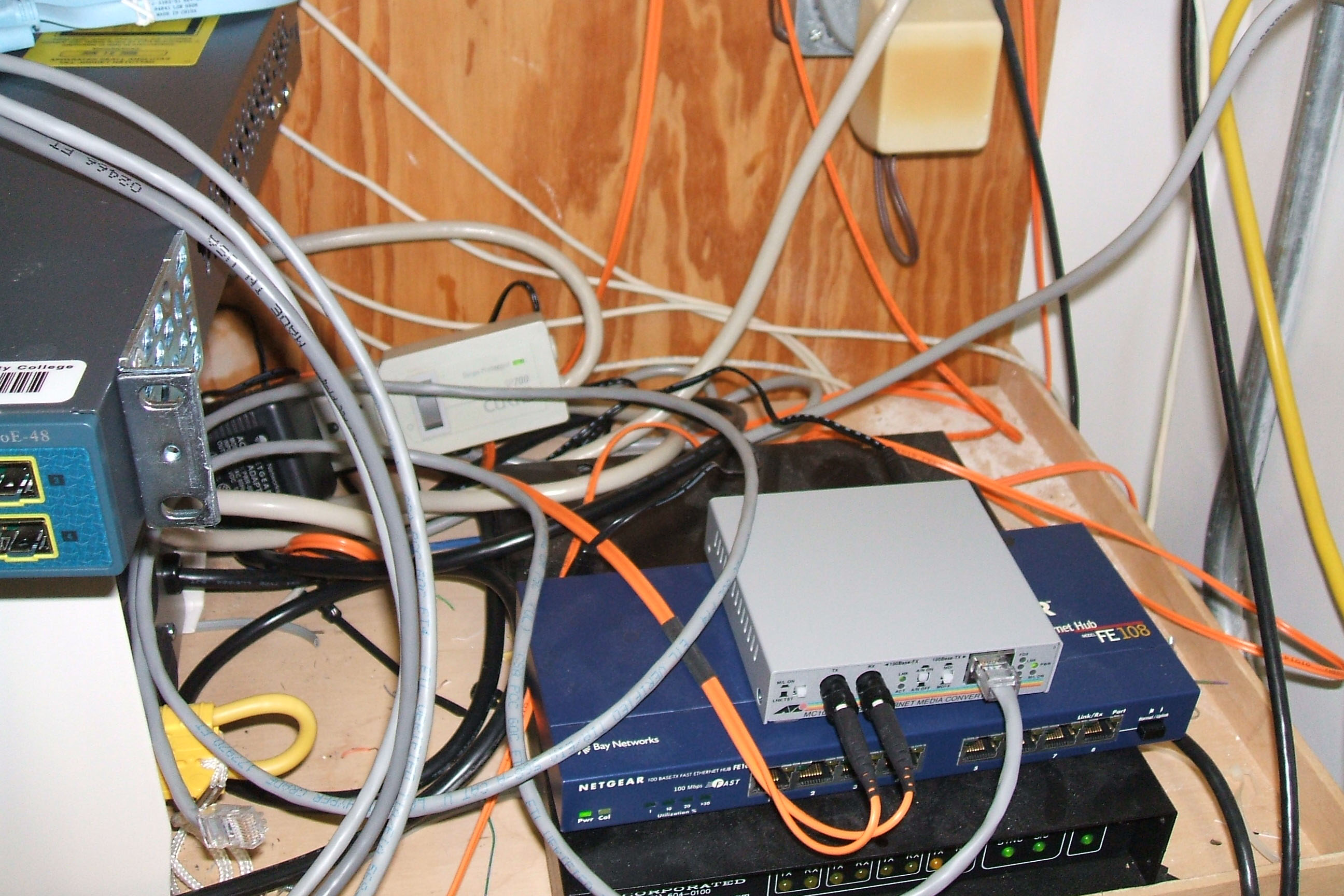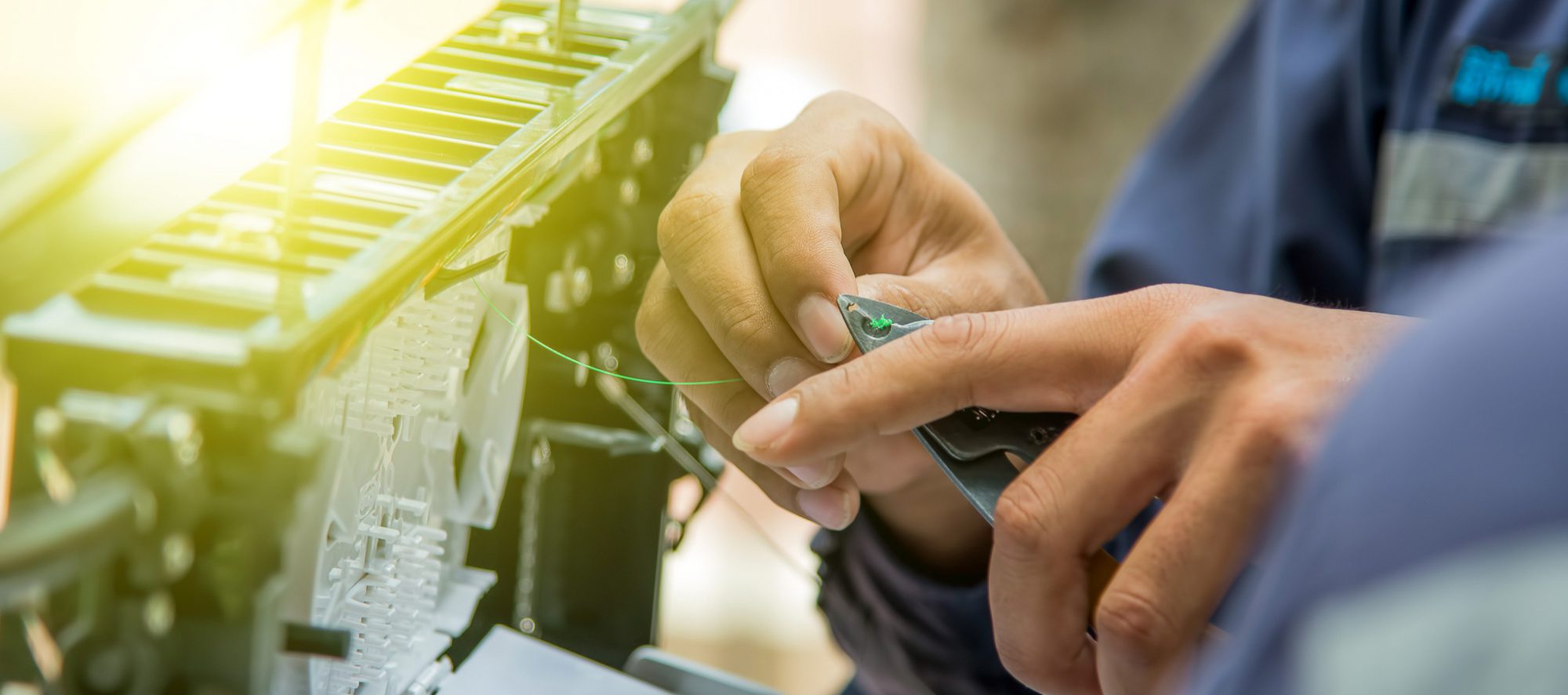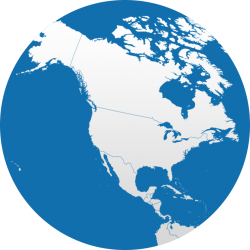
| This course is sanctioned by the Fiber Optic Association (FOA), the largest professional society of fiber optics in the world. FOA courses offered by BDI DataLynk are recognized by The US Department of Labor. |
Course Description
This 2-day Fiber To The Home Specialist course offers a comprehensive introduction to FTTH architectures, covering the advantages and disadvantages of each, as well as the components necessary to complete an FTTH fiber segment. By the end of the course, students will understand the technical, marketing, and financial justifications for implementing FTTH today. They will also gain familiarity with specialized FTTH components, such as splitters/couplers and wavelength-division multiplexers, and learn the requirements for cables, connectors, splices, and associated hardware. Detailed discussions will cover FTTH design and installation requirements.
The student must pass (meaning 70% of the questions must be answered correctly) on both the written and hands-on exams to successfully pass this course. All exams are closed-book. Tuition includes all books/study materials, exam fees and three-year membership to the FOA.
Course Objective
Prepares students to take the Certified Fiber to the Home Specialist (CFOT/S) exam. Enable student to effectively and efficiently install, terminate, and test single mode FTTH fiber optic networks.
Prerequisites
- *CFOT certification from the Fiber Optics Association (FOA)
- Must be able to identify and manipulate small tools
- Must be able to read and speak the English language
- Must have basic working knowledge of computers
*As of January 1, 2015, the student MUST have, within the preceding 12 months, either successfully passed the basic CFOT course OR have renewed their FOA membership prior to attending any FOA Specialist courses offered by BDI Datalynk. There are no exceptions.
Method of assessing whether course objective was met
Along with class discussions/presentations and substantial hands-on activities, the FOA CFOS/H exam is given and graded at the end of the class. Students will further demonstrate the ability to build, test, and troubleshoot a simulated FTTH network.
Physical demands
- Students must be able to see, manipulate, and hold small tools and test equipment.
- Students must have the ability to announce to anyone in the classroom that lasers are about to be turned on or are currently on and active.
- Student must be able to hear and react to the announcement from anyone in the classroom that lasers are about to be turned on or currently active.
Tuition
Varies by location
Please check with your individual course location coordinator.
Textbook
FOA Reference Guide To Fiber Optics: Study Guide to FOA Certification by Jim Hayes.
Supplementary study materials includes Student Lab Manual.
Course Outline:
Day 1:
- Introduction to FTTx (FTTH/P, FTTC) Types of FTTx Architectures
- Designing FTTx Networks
- Installing FTTx Segments
- PON Splitters/Couplers & Associated Components
- FTTx Testing & Troubleshooting
- FTTx Fiber Optics Safety
- OSP Fiber Installation Review
- Hands-on Session Begins – Installation, Fusion Splicing, and Testing of SM FTTx Networks utilizing SC/APC Singlemode Pigtails, OSP and ISP FTTx Fiber Optics Cable and Hardware. In addition to standard tools and fiber optics test equipment, Fitel Fusion Splicers will be used throughout hands on sessions.
- Testing and certification will be accomplished using OWL OLTSs and OWL Singlemode OTDRs.
Day 2:
- Hands-on Session Continues
- Review of OTDR & OLTS Testing Procedures
OLTS and OTDR PON Testing - OLTS and OTDR PON Testing. (Testing and certification will be accomplished using OWL WaveTester Test Kits and Singlemode OTDRs.)
- PON Troubleshooting
- Practical Hands-on Exam: – Troubleshooting, Repair and Re-Certification of FTTx Networks. Testing and certification will be accomplished using OWL WaveTester Test Kits and Singlemode OTDRs.
- Class Discussion
- Administer and Grade Written and Hands-On CFOS/H Test


